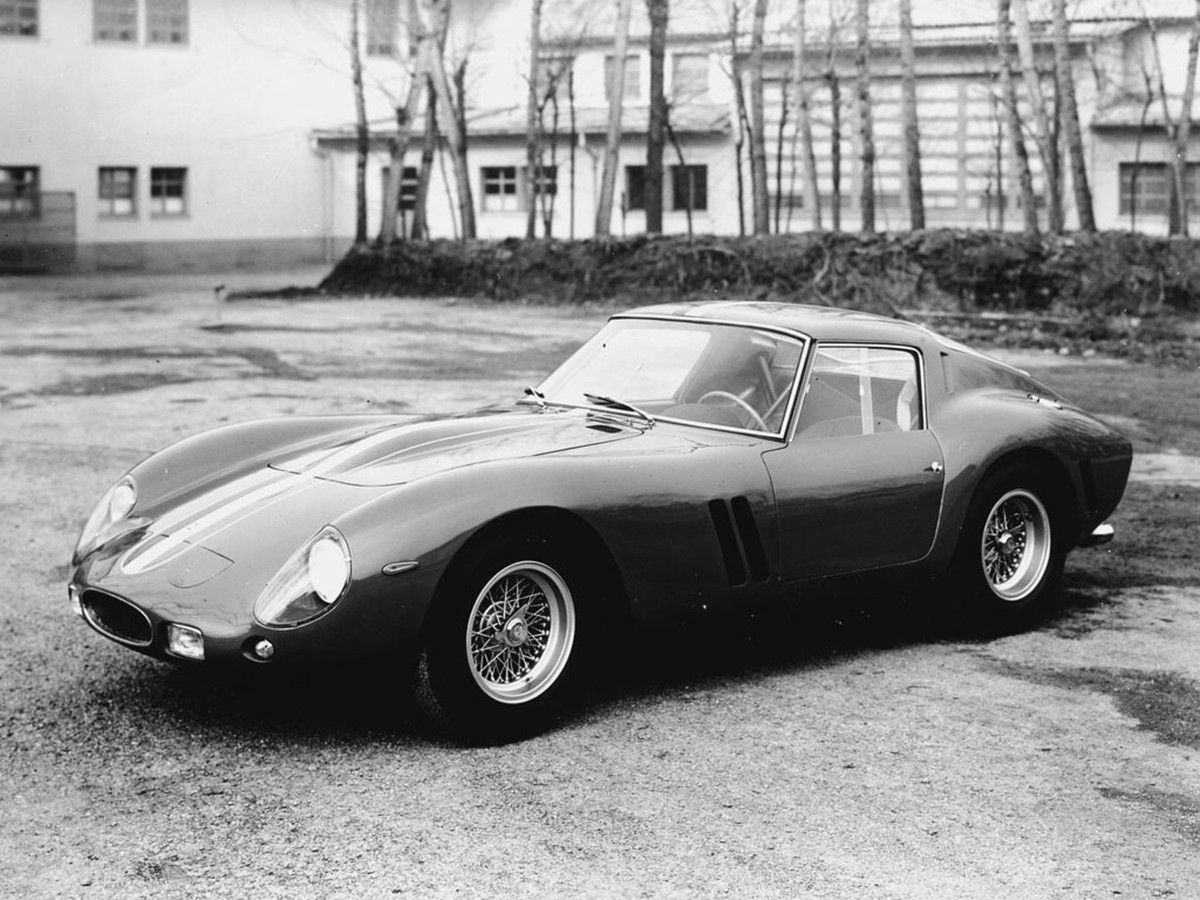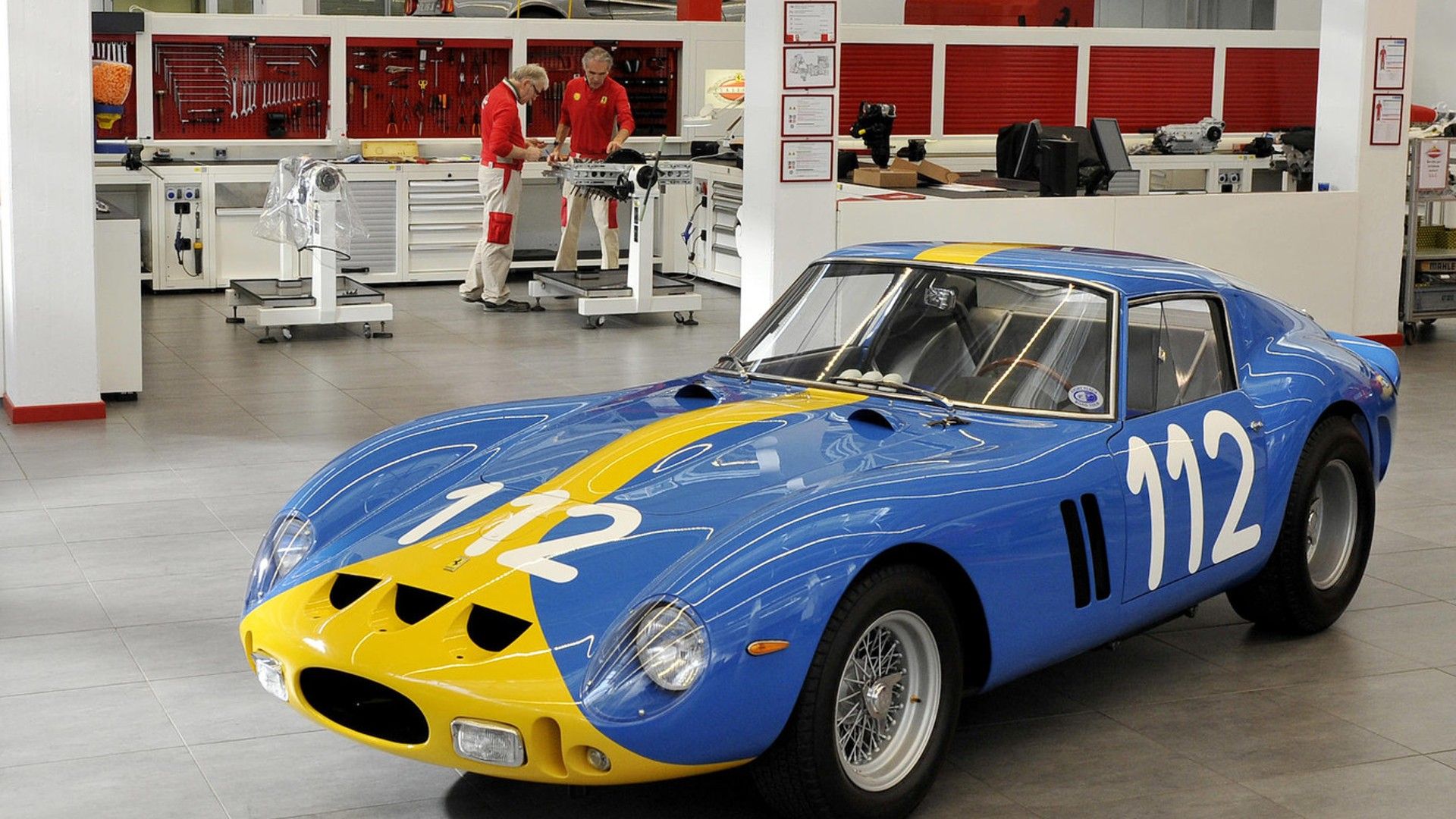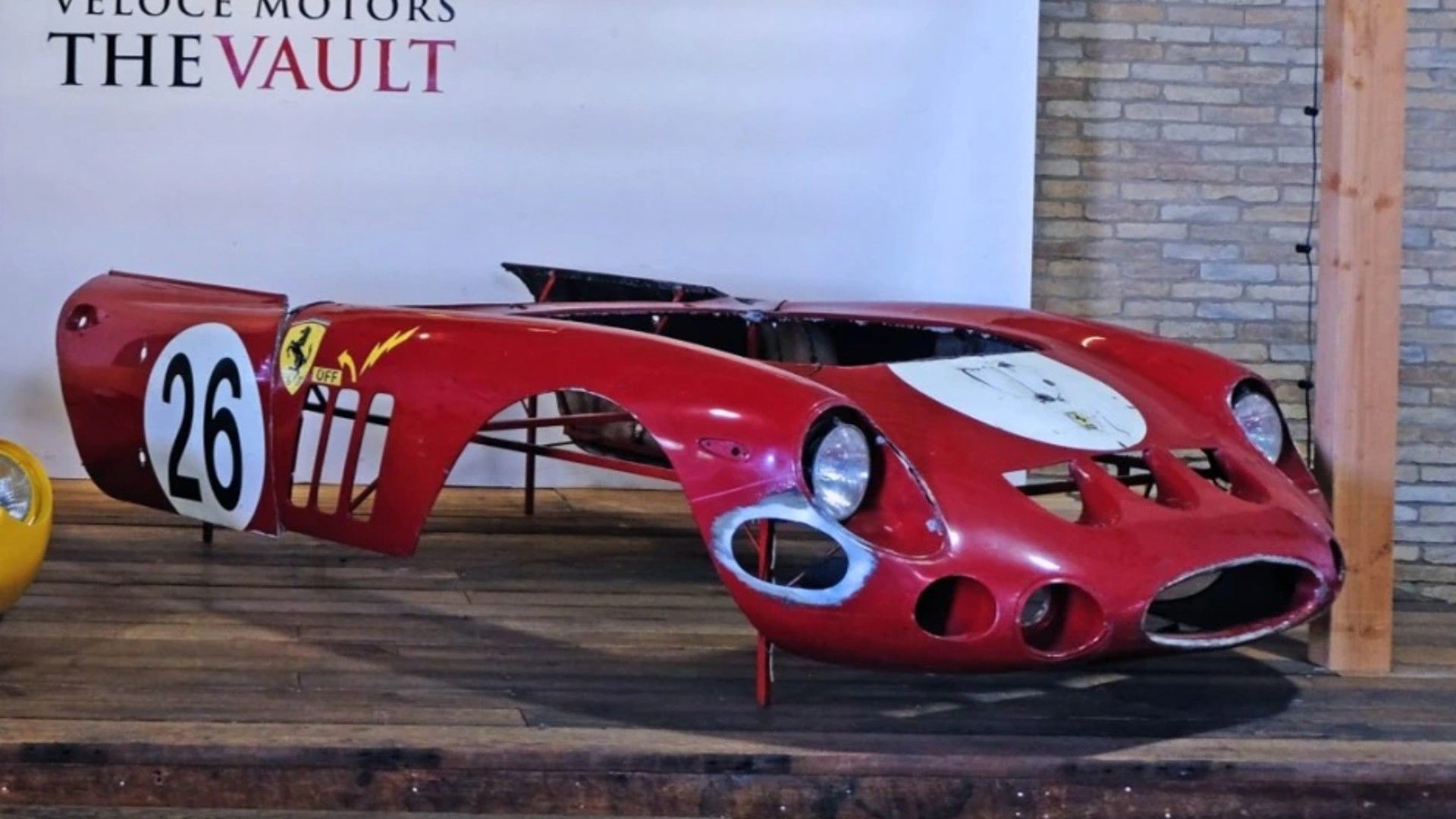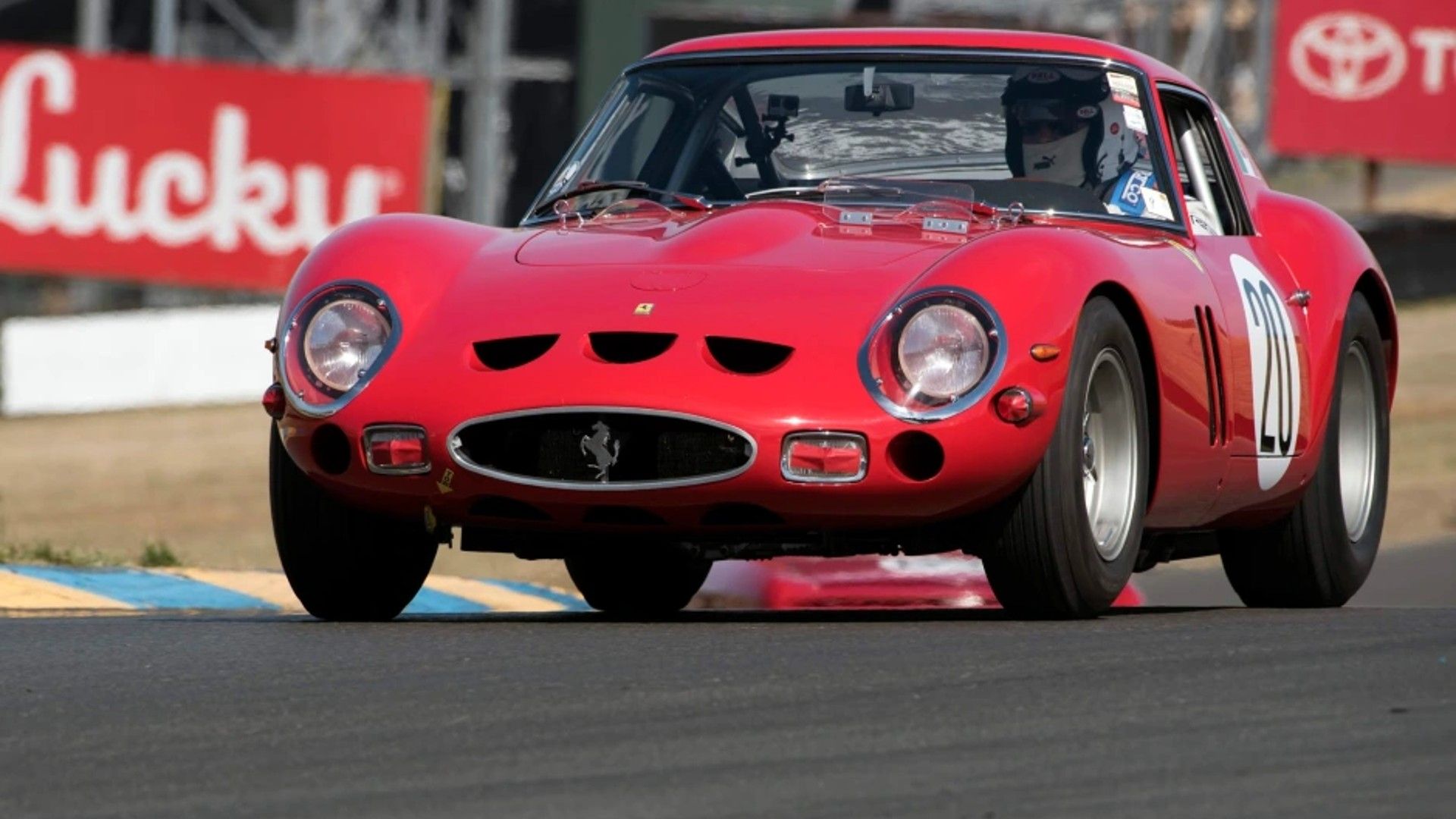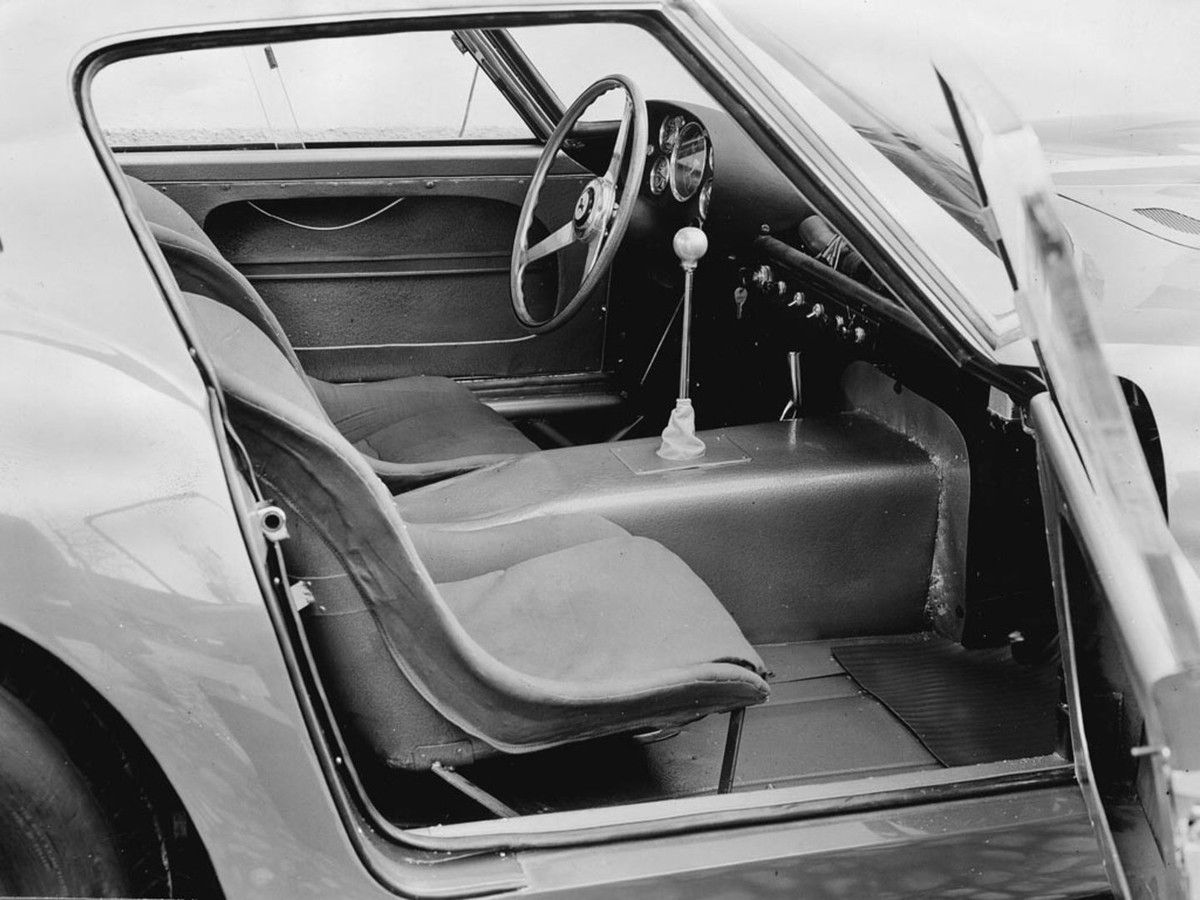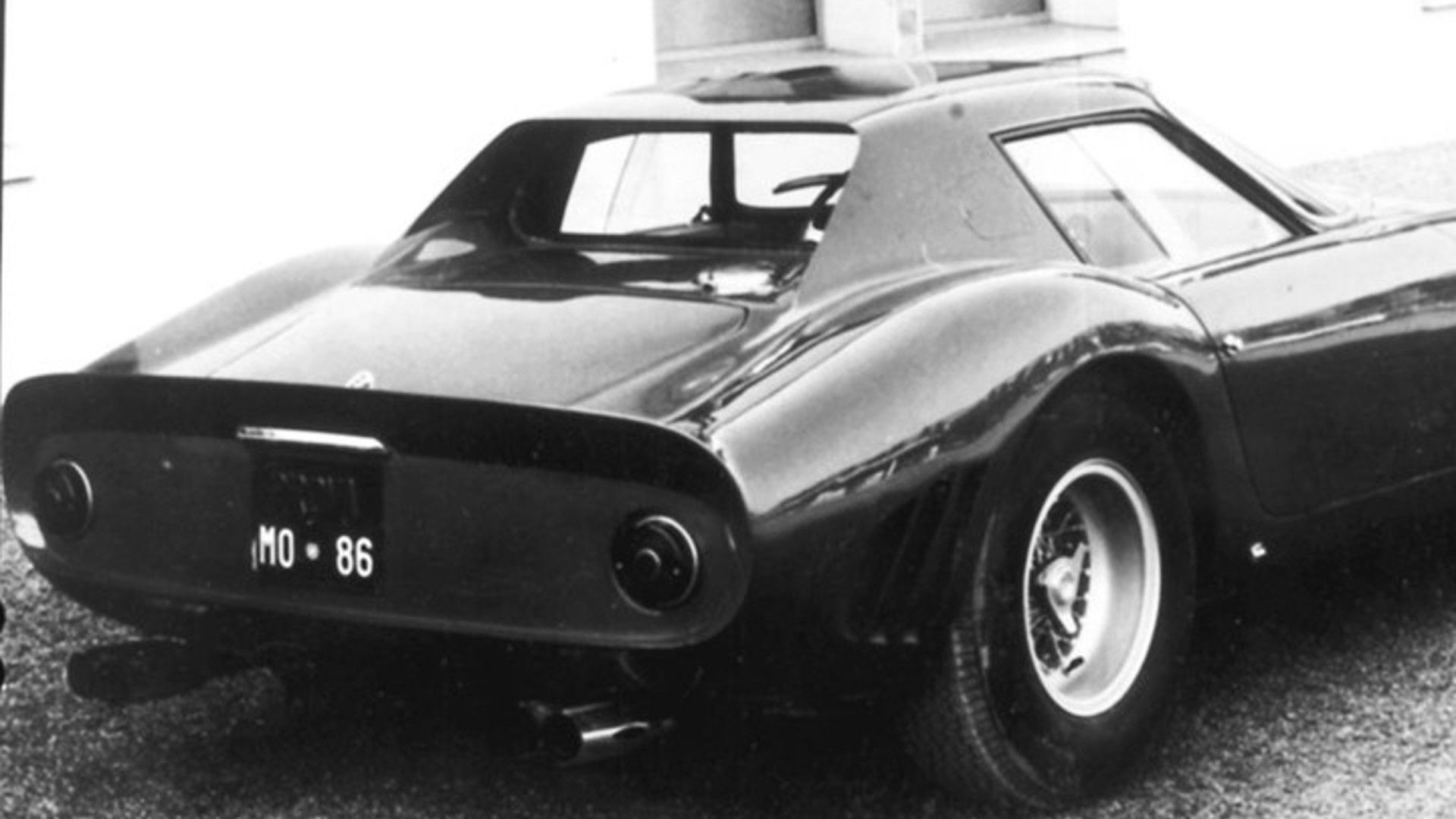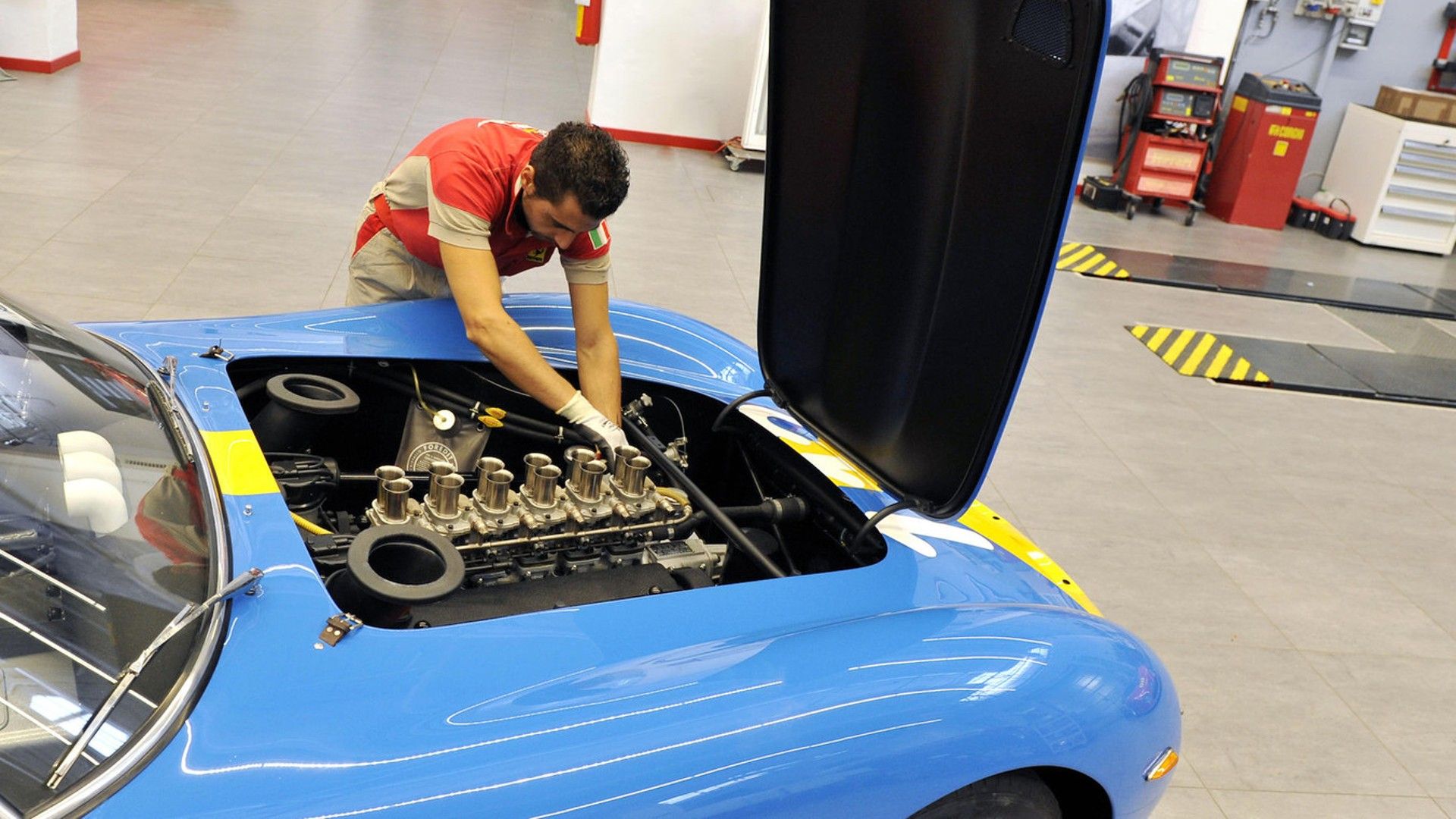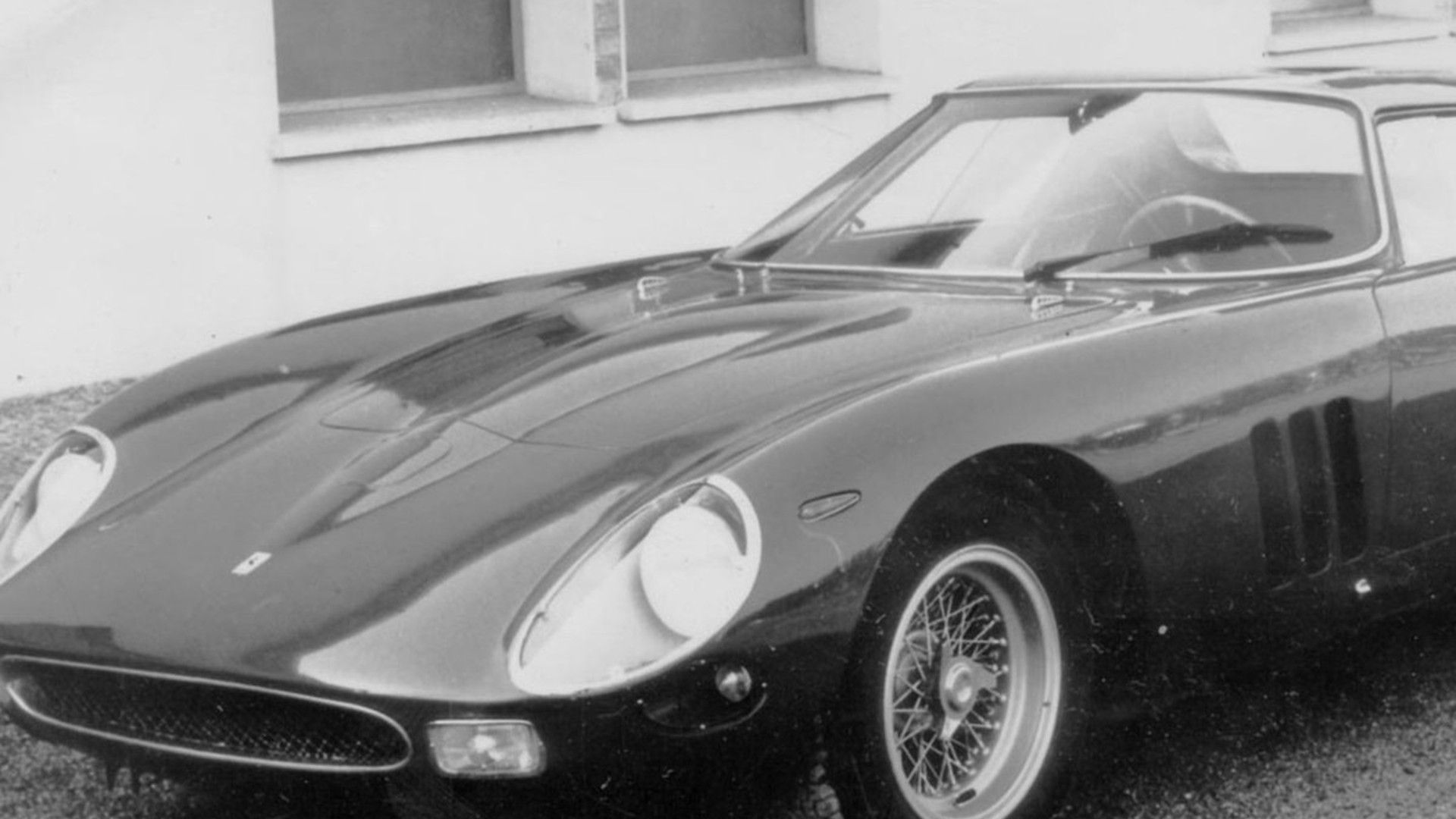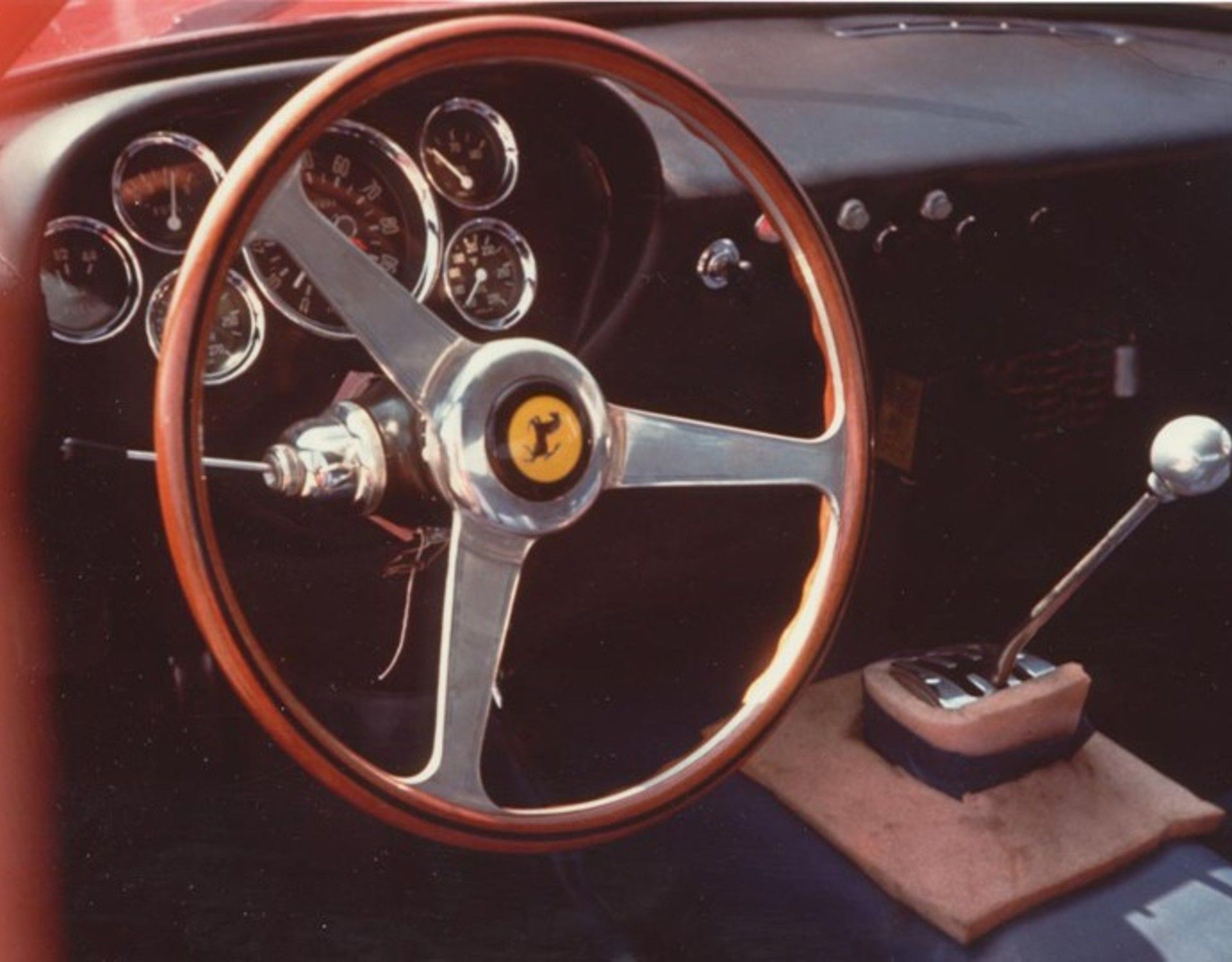Simply put, the Ferrari 250 GTO is legendary, and to many, it is the most iconic sports car of all time. It seemingly has everything, it is strikingly beautiful, it is mighty fast, it is rare, and it is an all-conquering world champion. When sitting down and analyzing everything that the 250 GTO is, it is no hard task to figure out why so many car enthusiasts regard it as the Holy Grail and why people are willing to spend exorbitant sums to purchase a GTO. Here are 10 fun facts every enthusiast should know about this piece of history.
10 The 250 GTO Is Usually One Of The Most Expensive Cars At Auctions
The Ferrari 250 GTO is the most expensive car ever bought, but it is also one of the most expensive automobiles purchased at an auction. A 1962 250 GTO was purchased for $48.4 million at an RM Sotheby’s auction back in 2018, making it at the time the most expensive car bought at an auction. These insane sums do not seem so outlandish when discussing the Ferrari 250 GTO, as one fetched the even heftier price tag of $70 million at a private sale.
9 The 250 GTO Is Extremely Rare
The Ferrari 250 GTO is considered one of the Holy Grails for car collectors, not only due to its beauty and racing pedigree, but due to its rarity. Only 36 250 GTOs were manufactured from 1962 to 1964. Only 33 of these have the original Series I (1962-1963) bodywork. The remaining three have the 1964 Series II body which resembles the Ferrari 250 LM. Four of the Series I cars were updated with Series II bodies in 1964. The fact is that very few of these cars are on the market as most find themselves in collections. This makes one that is available for sale on the market even rarer, so, buying one is really a once-in-a-lifetime opportunity.
8 Conservative Design Made The 250 GTO Perfect
The design and mechanical aspects of the 250 GTO were not groundbreaking for its time. The engine, a Tipo 168/62 Comp 3.0-liter V-12 had already been used in the 250 Testa Rossa, a Le Mans winning car. The chassis was based on the 250 GT SWB with some modifications. The frame structure was altered to reduce weight, stiffen, and lower the car. The car also featured an A-arm front suspension, disc brakes, and a rear live axle. These features and design choices were a bit conservative, but Giotto Bizzarrini (the 250 GTOs lead designer) was able to perfect and optimize this design. By perfecting this design Ferrari was able to create one of the most iconic cars of all time, no shame in playing it safe here.
7 The GTO Is An All-Conquering Champion
A great deal of the Ferrari 250 GTO’s status as a legendary car comes from it being an all-conquering winner. The 250 GTO was designed to compete in Group 3 GT racing, where its rivals would include the Aston Martin DP214 and the Shelby Cobra. From its birth in 1962 to 1964 the 250 GTO collected win after win. It won the GT class at Le Mans in 1962 and 1963, collecting victories at other iconic tracks like Sebring, Nürburgring, and Targa Florio. The 250 GTO brought back three consecutive World Championships to Maranello. It was not until the end of 1964 when Ferrari’s rivals caught up to them and the GTOs suffered their first defeat.
6 Ferrari Stripped Down The GTO's Interiors
The Ferrari 250 GTO is a real driver’s car, lacking any sort of driver aid or convenience feature. This is only down to one reason, which is a great part of the mythos surrounding the 250 GTO: that it was designed to dominate the racetrack. All the luxury interiors common in road-going Ferraris were stripped, including the leather upholstery, roof headliner, and carpeting. Rather, the car had cloth-wrapped seats, a stripped-out door panel, and the tubular space frame of the chassis was exposed. The metal gate that displays the shift pattern began as a weight-saving measure in the 250 GTO. The fact that this became a Ferrari tradition speaks to the impact of this vehicle.
5 The 250 GTO Had Controversial Beginnings
The 250 GTO began its life and racing career in quite a controversial manner. The regulations of Group 3 GT racing homologation, which the Ferrari 250 GTO was developed for, required 100 road-going units to be produced. Ferrari did not play by these rules. Only 36 road-going examples were made, 33 with the Series I bodywork and three with the Series II bodywork. This controversial start did not stop the 250 GTO from dominating Group 3.
4 The GTO Was Powerful And Fast For Its Time
The 250 GTO's racing success is an obvious testament to its speed, but what really made it so fast? Ferrari equipped the 250 GTO with an all-aluminum body, resulting in a weight of just under 2,094 pounds. The beautiful aerodynamics of the 250 GTO also made it quite slippery in a straight line and a beauty to handle. Finally, it came equipped with a 295-horsepower V-12 engine. All of these elements combined allowed the 250 GTO to go from 0 to 60 mph in 5.4 seconds and reach a top speed of 174 mph. This may not sound like much today, but it was one of the fastest rides of the 1960s.
3 All 250 GTOs Built Exist Even Today
All 33 copies of the Series I Ferrari 250 GTO are still around today. This speaks to the intrinsic value this car holds among gearheads. The fact that all original 250 GTOs are still alive, and kicking is evidence that they were swooped up by opportunistic buyers who have all prized the GTO as it should be. The owners of the 250 GTOs are elite Ferrari enthusiasts, like Nick Mason, a Pink Floyd drummer, who got his GTO thanks to the sales of the album “The Dark Side Of The Moon.”
2 Is The Ferrari GTO More Valuable Than Money?
In 1962, a brand new, factory-fresh Ferrari 250 GTO could set someone back $18,000, which would be around $176,526 when adjusted for inflation. But money here is not enough. Many enthusiasts argue that the value of the 250 GTO cannot be measured in mere money. This is due to its rarity and its legendary status as the world champion race car for a legendary manufacturer like Ferrari. The claims by Ferrari that the 250 GTO was the model that best summed up its design philosophy must confirm this feeling of pricelessness, especially for the many die-hard Tifosis out there.
1 The $70 Million Ferrari 250 GTO
The Ferrari 250 GTO is indubitably a special car, the price tags surrounding it definitely speak to the almost mythical status this machine holds among gearheads. The most expensive car ever bought was a silver-painted 1963 Ferrari 250 GTO. It was chassis number #4293GT. The man who purchased it for the astounding figure of $70 million was David McNeil, from Chicago. McNeil is the founder of car accessory manufacturer WeatherTech. Fans of sports car racing will recognize this name as WeatherTech is the sponsor of IMSA, the premier American sports car racing championship.
FAQ
Q: Who owns the $70 million Ferrari?
The $70 million Ferrari GTO is owned by David McNeil, owner of WeatherTech.
Q: How many Ferrari 250 GTOs are left?
All 33 original Ferrari 250 GTOs built are still around.
Q: How many Ferrari 250 GTOs were made?
33 Series I Ferrari 250 GTOs were made and three Series II, bringing the total to 36.
Q: How much does a Ferrari 250 GTO cost?
The Ferrari 250 GTO is one of the most expensive cars in the world going for $70 million in a private sale and $48.4 million in an auction.
Q: How much is a 250 GT Ferrari worth?
A 250 GT Ferrari is worth tens of millions of dollars, but to many enthusiasts, this car's value can not be measured by mere money.


